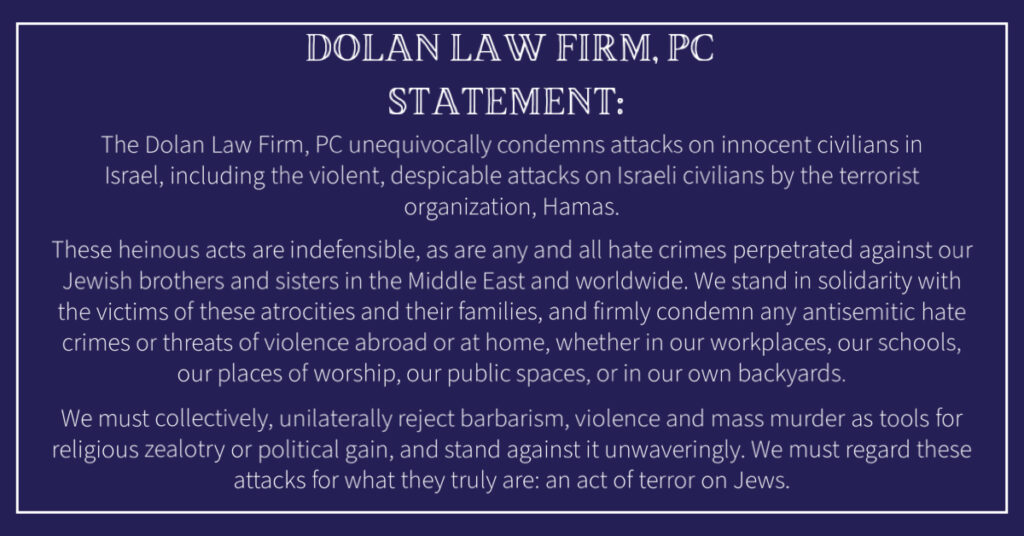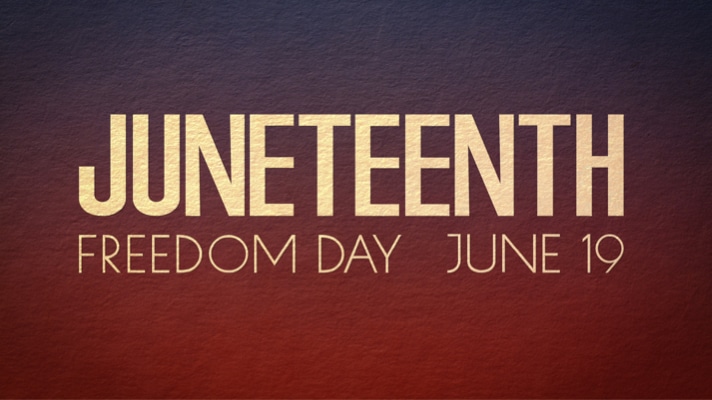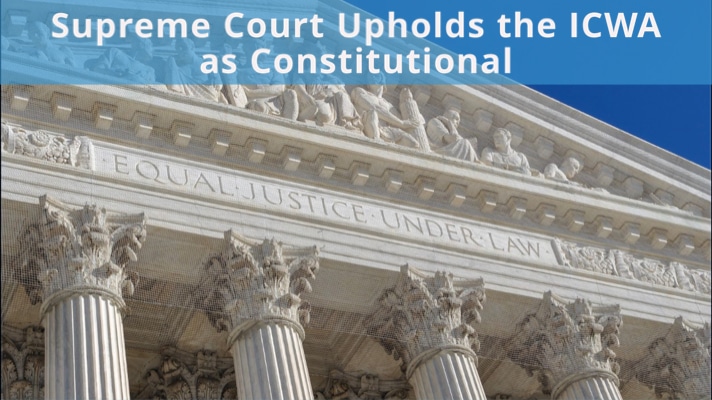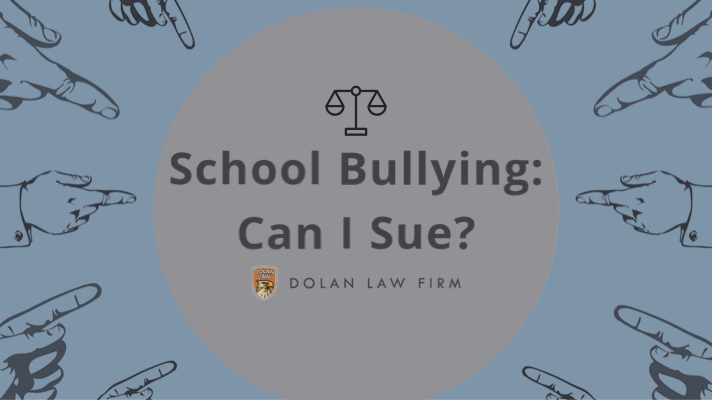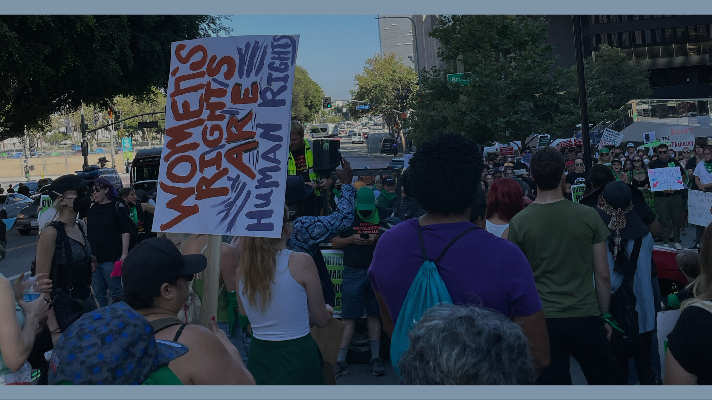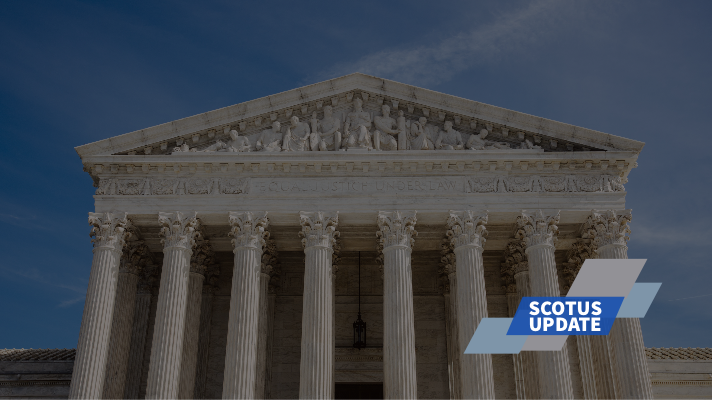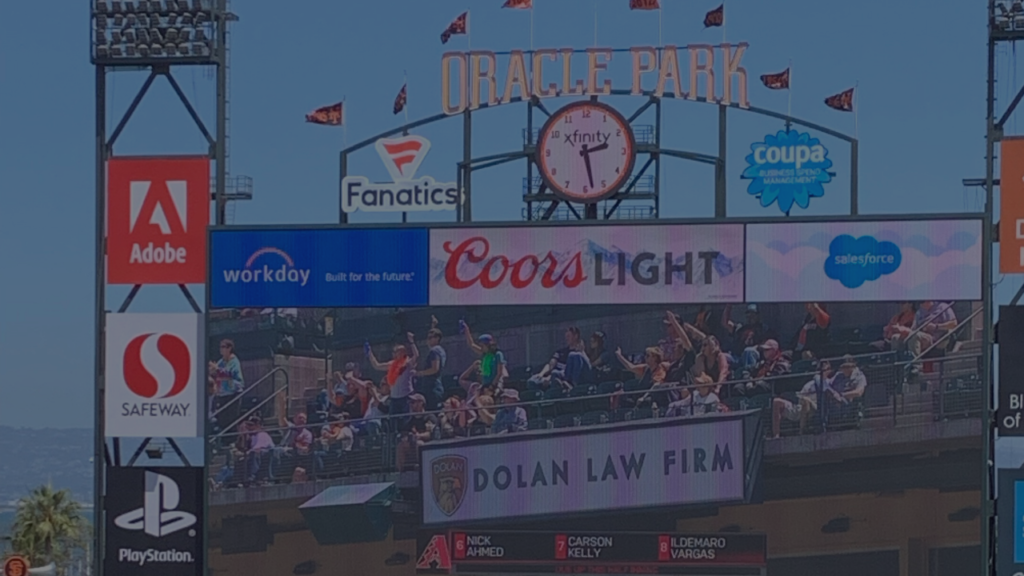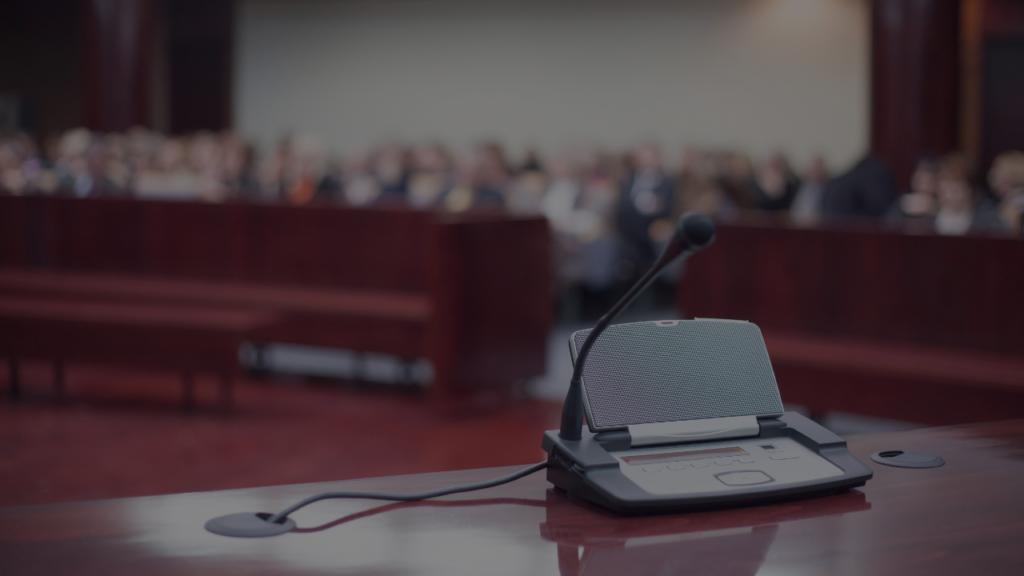Dolan Law Firm Statement RE: Hamas Attacks
The Dolan Law Firm, PC unequivocally condemns attacks on innocent civilians in Israel, including the violent, despicable attacks on Israeli civilians by the terrorist organization, Hamas. These heinous acts are indefensible, as are any and all hate crimes perpetrated against our Jewish brothers and sisters in the Middle East and worldwide. We stand in solidarity …

